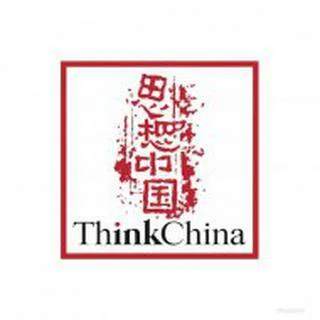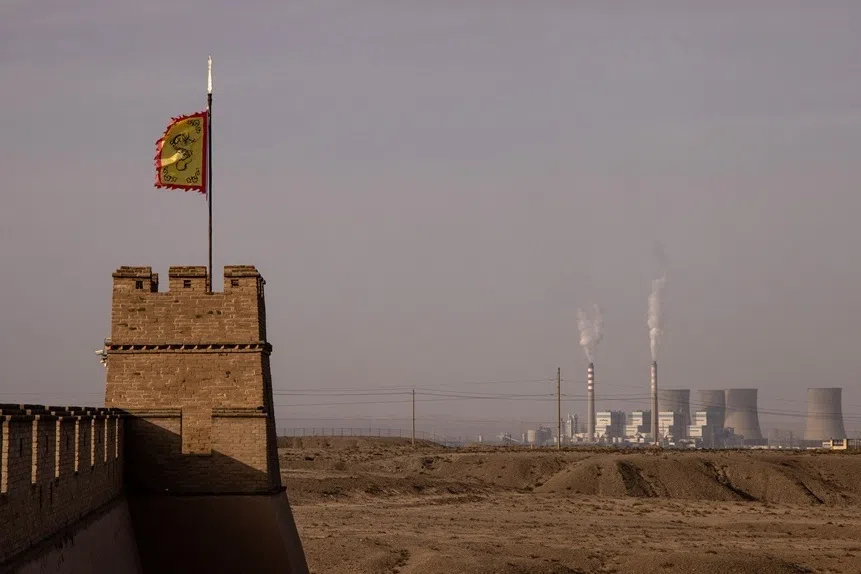The US-Russia-China conundrum in 2025
As the world awaits the second term of Donald Trump as US president, how are China and Russia likely to respond? Will the war in Ukraine finally end, and will China and the US come to terms with how to deal with each other? Commentator Wei Da looks into the various factors in big power politics.
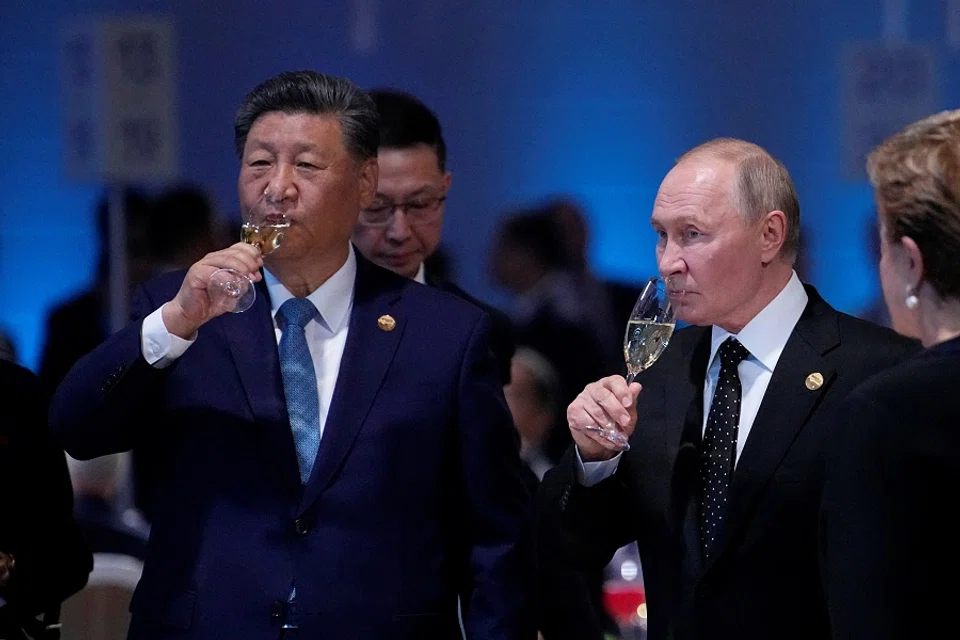
There are those who believe that world events depend on the “Three Kingdoms” dynamics between the US, China and Russia. The flaw in this perspective is that it does not consider the big picture, simplifying global affairs to great power rivalry. However, it does make sense that if the three major powers — the US, China and Russia — can handle their own affairs well, there will be more development, cooperation and security in the world.
As 2025 begins, Russia remains deeply mired in the war in Ukraine, hurting others with no benefit for itself. Putin has ended up losing more than what he set out to gain, with Ukraine standing strong and unyielding, while Russia is nearing exhaustion. Nevertheless, this protracted war continues to pose a serious threat to European security and world peace. In the new year, there must be a ceasefire and resolution to this conflict.
China is currently facing economic recession and deflation. The key to addressing these issues lies in accurately assessing the situation and implementing effective, targeted solutions. Since the fourth quarter of last year, the Chinese government has introduced various regulatory measures and market-stimulating policies to try to reverse the situation. However, the results so far have been underwhelming, and the economic downturn remains unmitigated, indicating that the remedies have not been effective.
Calling it a simple “clash of civilisations” may be an overstatement — a more accurate and appropriate description might be a “mutual incompatibility of civilisations”.
Trump’s second term and the war in Ukraine
Meanwhile, the US is about to see Trump 2.0, and it is uncertain whether this will be a blessing or a curse. The new year began with a tragic terrorist attack in New Orleans, Louisiana, highlighting a significant dilemma faced by modern civilised societies. Calling it a simple “clash of civilisations” may be an overstatement — a more accurate and appropriate description might be a “mutual incompatibility of civilisations”.
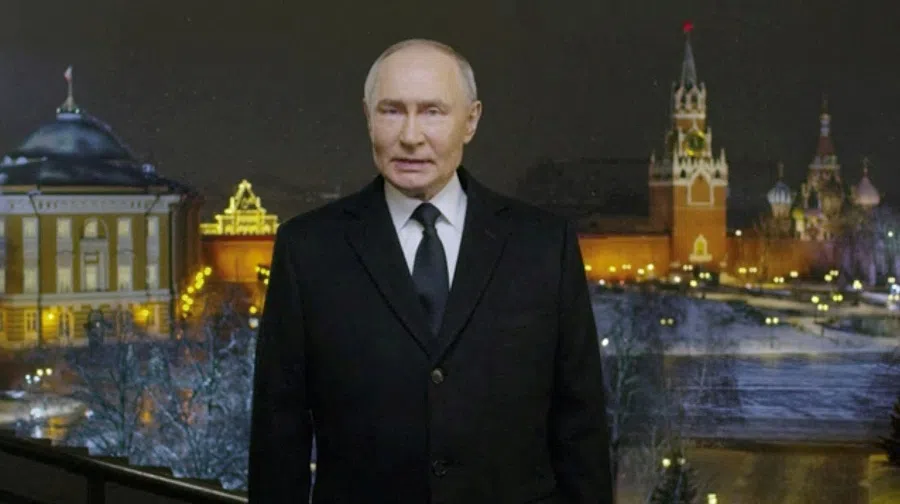
Putin’s 2025 New Year address to all of Russia focused entirely on continuing militarism, with no mention of the economy, livelihoods, or social progress — likely because there is nothing favourable to mention. That Russia, in the 21st century, still believes in relying on barbarism to expand territory reflects a backward top-level strategic thinking and planning. This is not to say that Russia should not have ambitions and strategies as a major power, but the means and paths to achieve great power status should keep up with the times.
For example, after World War II, the US took the place of Britain as the leading global power. If it had followed old-fashioned thinking, it would have taken over British colonies around the world. But the US did not do so — such an approach would not have worked and was no longer in line with global trends. Instead, the US established a new world order through institution-building, alliances, shared values, market development, technological innovation and its role as the world’s policeman. This approach won the recognition and support of most countries around the world.
Currently, the world’s greatest concern is how to achieve a ceasefire and end the Russia-Ukraine war as soon as possible. The key to this lies in Russia’s choices, as Putin is the instigator of this war. The condition for a ceasefire is that Russia must at least withdraw to the pre-February 2022 Russia-Ukraine border. If Putin cannot willingly accept this condition, he will have to be forced to accept it.
Putin being forced to accept ceasefire conditions could occur under three main scenarios. First, if Russia is left without support, its economy collapses and foreign aid is cut off, making it impossible to continue the war. Second, if the balance of power on the battlefield shifts significantly, with the US increasing military aid and authorising broader strikes, European countries possibly joining the fight, and Ukraine launching new counteroffensives. Third, if there is political turmoil within Russia, and Putin or his successor, to preserve power, has no choice but to halt the war and withdraw from Ukraine.
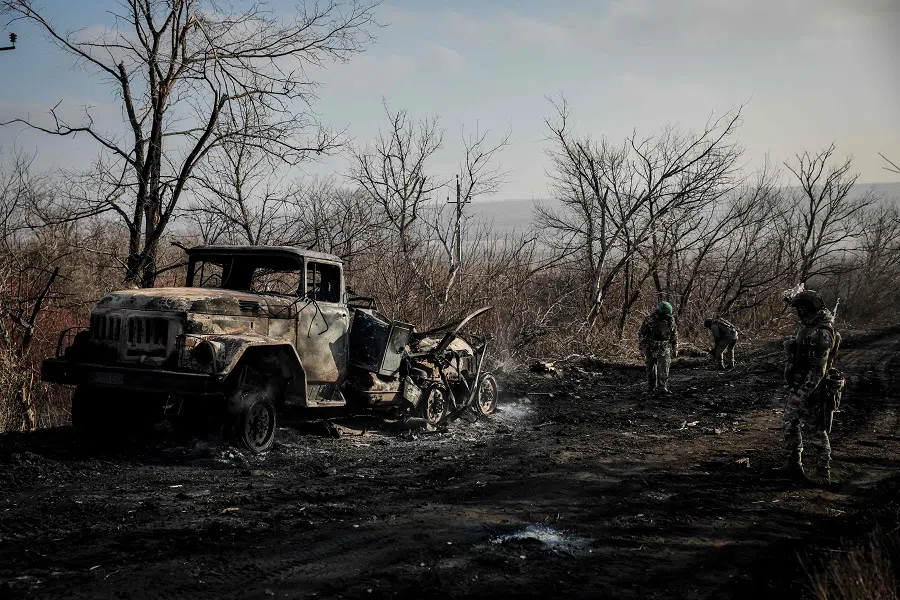
Speaking of the Chinese economy, the critical question is: what really drives development? If this question is not answered correctly, all subsequent economic measures will be counterproductive. Before 1979, China experienced little economic development and was instead on the brink of economic collapse, indicating that the political and economic policies prior to 1979 were largely ineffective. As the saying goes, practice is the sole criterion for testing truth.
After 1979, China entered a “hybrid development model” combining authoritarianism and rule by man with market mechanisms and the rule of law. A simple comparison before and after shows that the new and transformative elements were the market and the rule of law — these were the true driving forces behind China’s economic takeoff. In fact, most Asian societies transitioning to modernisation exhibited this hybrid development model, with Japan, South Korea and Taiwan without exception all experiencing a transitional period where authoritarianism coexisted with market dynamics.
Change and evolution
This transition can be lengthy, but it involves a gradual shift in the balance of power between the two forces. In the early stages of development, authoritarianism and rule by man play a greater role, while the impact of the market and the rule of law is limited. With rapid development, the role of the market and the rule of law grows, while authoritarianism and rule by man becomes less powerful and more simple. This trend must be followed and this principle adhered to, for economic and social development to progress step by step. Going against it would result in economic setback and regression.
In the US, with the second inauguration of Donald Trump as president approaching on 20 January 2025, the nation’s democracy and rule of law are entering a new and subtle stage of evolution. To understand this, one must first understand the historical context: 250 years ago, during the founding of the US, monarchs and royalty across Europe suggested that America establish itself as the Kingdom of America, with a king to wield supreme power. The founding fathers of the US rejected this, declaring that America needed no king. Europeans were baffled: how could a country do without the leadership and care of an emperor or king?
... in overcorrecting far-left tendencies, will Trump slide towards far-right totalitarianism and undermine the spirit and value of self-governance in American democracy? Everyone is watching.
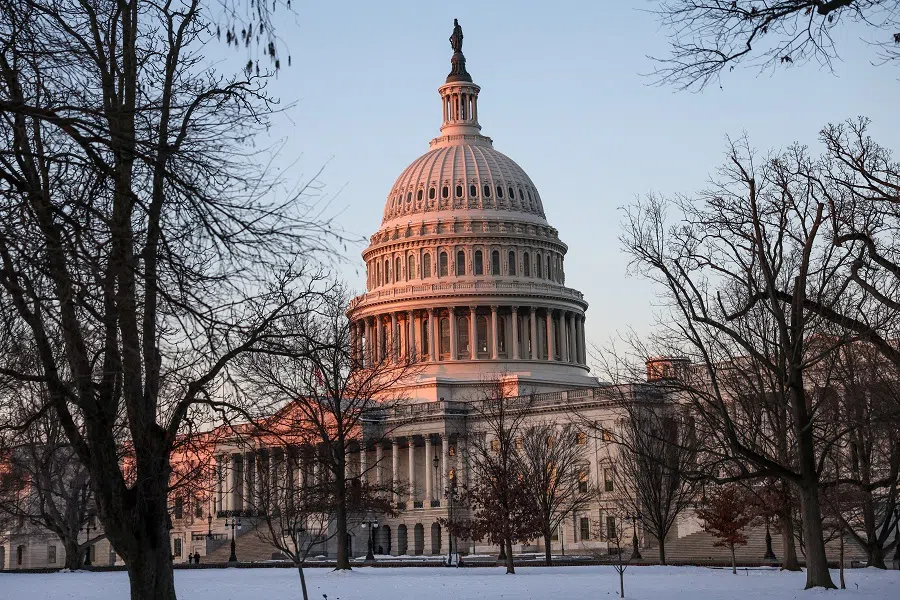
The founding fathers responded strongly: “We want to be self-governing.” The royal families of old Europe were even more bewildered: “Self-governing? Are you dreaming?” The founding fathers’ reply was even more unprecedented: “Yes, this is the American dream!”
This “self-governance” meant spontaneous and self-managed administration, including the election of representatives through a system of representation and contracts to manage the affairs of the nation. These contracts stipulated that if elected officials failed in their duties, the people could hold them accountable and even remove them from office.
Differences in culture and ideology
This was a bottom-up model of societal governance and management, unlike the traditional top-down hierarchical rule of monarchies. The core principle of the Republican Party was originally to allow society and individuals to develop autonomously, with minimal government interference. Conversely, the Democratic Party traditionally advocated for government intervention and management of social issues such as the rich-poor gap and differences in development, cultural differences, and infrastructure construction.
However, since Trump’s first term in 2016, the Republican Party has been endorsing a more forceful approach to government intervention, to address societal and cultural problems that had been neglected or exacerbated during Democratic administrations, such as rampant illegal immigration, cultural historical nihilism and extreme individualism. However, in overcorrecting far-left tendencies, will Trump slide towards far-right totalitarianism and undermine the spirit and value of self-governance in American democracy? Everyone is watching.
A similar issue exists among some Asian and Chinese Americans. While they may achieve financial success in the US, they often remain culturally and ideologically at odds with American society...

As for the attack in New Orleans in the early hours of New Year’s Day, it carries the shadow of ISIS extremism and terrorism. The perpetrator, an Arab-American citizen and military veteran, had in recent years fallen under the influence of Islamic extremism. This reveals a harsh reality: a “mutual incompatibility of civilisations”. While American and Western cultures may be open and accommodating to Middle Eastern and Muslim immigrants, the reverse is often not true — many of these immigrants struggle to integrate into or accept American culture and society.
A similar issue exists among some Asian and Chinese Americans. While they may achieve financial success in the US, they often remain culturally and ideologically at odds with American society, and in some cases, even become criminals or adversaries of the US.
In the coming years, can the US effectively address this cultural compatibility challenge? The issue is highly complex, and the outlook is not particularly optimistic. Populist approaches like those advocated by Trump, which favour quick and straightforward solutions, may address symptoms but fail to tackle root causes. However, the strength of America lies in its democratic system, which continually progresses through successive administrations.
While Trump can accomplish what is within his capabilities during his term, more comprehensive and long-term measures may need to be developed by the next generation of American political leaders. Only then can the US live up to its legendary past, upgrade its current strengths, and expand its horizons for a brighter future.
